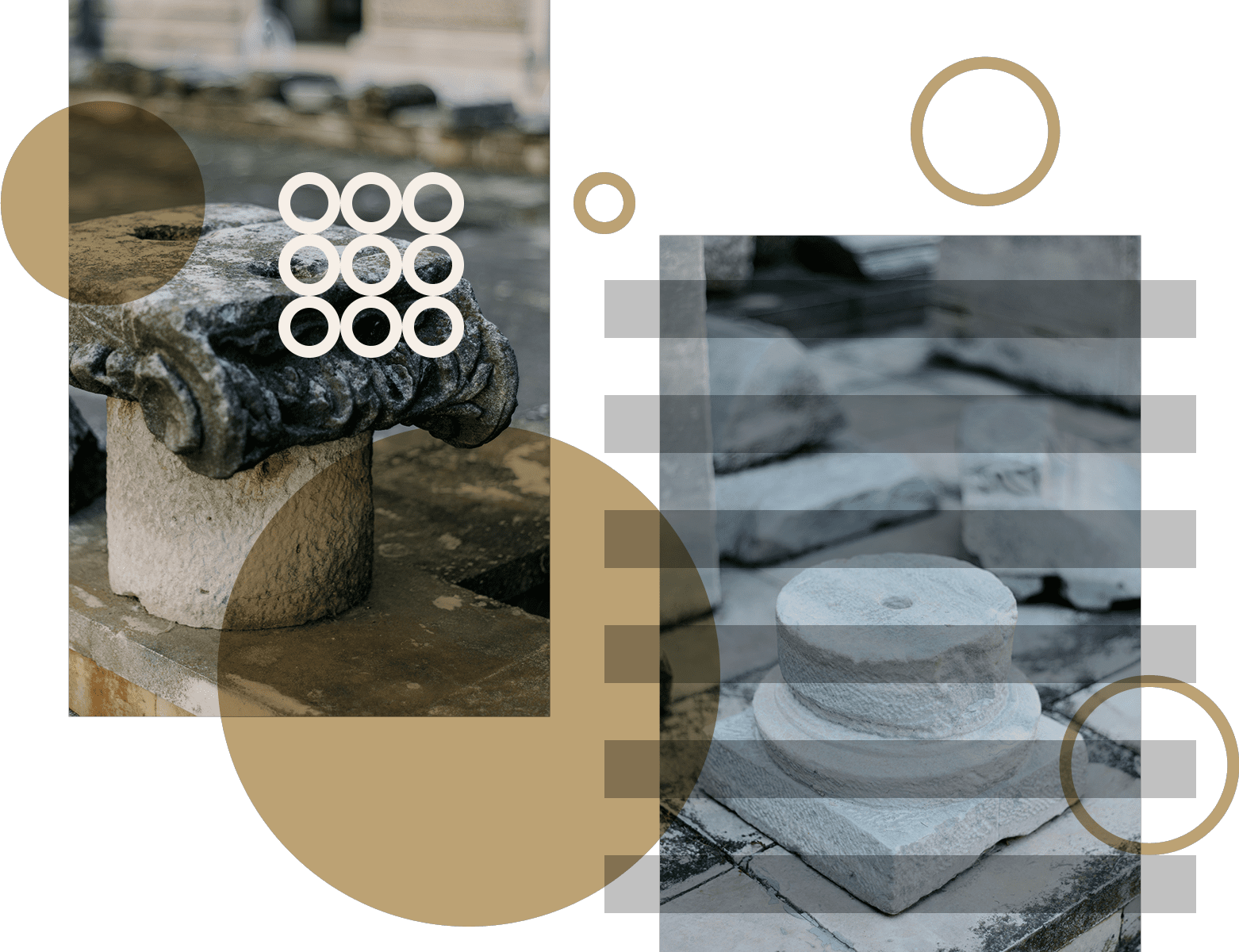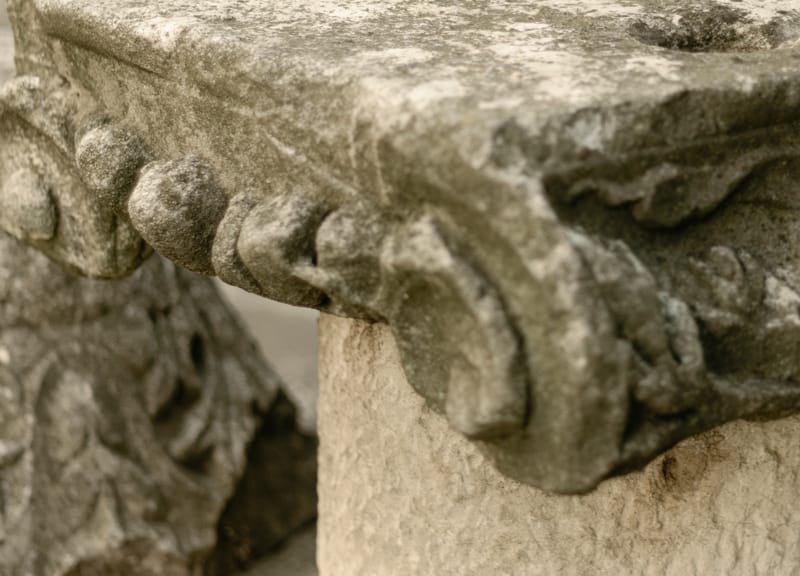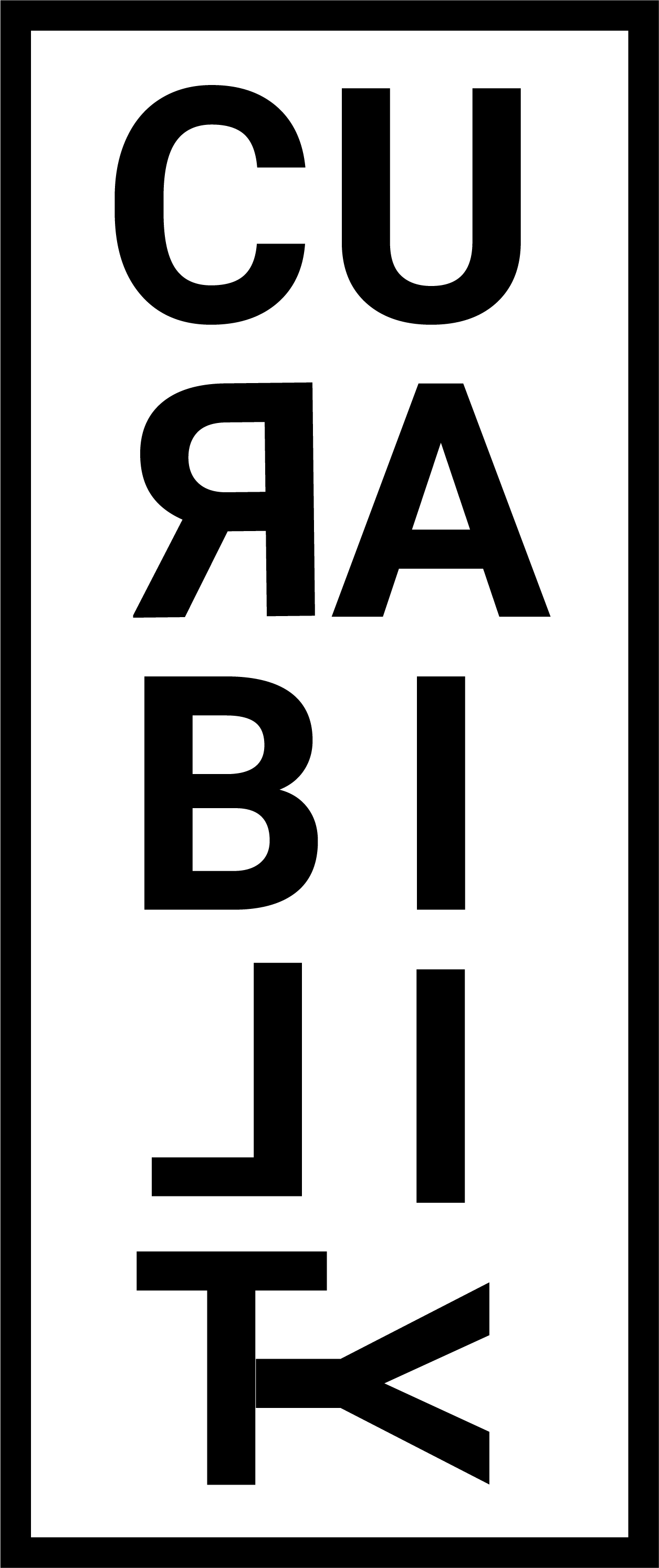Erasmus+
CUltuRal AccessiBILITY

CURABILITY in a nutshell
European cultural heritage plays an important role in building the future of Europe. As it is important to preserve it and pass it on to future generations, CURABILITY project aims to reach out to people with disabilities to improve their access to culture, as well as to current and future employees of museums, galleries, etc.
The idea behind
Access to cultural heritage is not only a basic human right, but also a fundamental strategy for enhancing and promoting cultural heritage. Cultural heritage accessibility for all is a multidisciplinary field that is not widely taught in the different European curricula. It is relevant to fields such as museology, special education, pedagogy, cultural heritage interpretation, archaeology, history, art, architecture, inclusive and universal design, and ICT. Most of them are separate disciplines that should work hand in hand when it comes to accessibility from cultural heritage, but they mostly work in isolation and do not have a common teaching practise for the needs of people with disabilities. As a result, professionals who take jobs in museums and galleries are not equipped with the knowledge and experience to make their environments more engaging and accessible.
Inclusive Art Exhibition
This document explores the concept of inclusive design and its significance in creating environments that are accessible and welcoming for individuals with diverse abilities. It emphasizes the importance of moving beyond mere compliance with accessibility standards and adopting a mindset that embraces diversity and individual requirements. The content of this document has been written in plain language to ensure clarity and accessibility, using the Hemingway Editor app to help simplify complex language and improve readability.
Inclusive design goes beyond meeting basic accessibility requirements; it aims to create spaces that are functional and inclusive for individuals with various abilities. By considering a wide range of abilities, such as mobility, vision, hearing, and communication, designers can ensure that environments are accommodating and user-friendly for everyone. This approach encourages a shift from a one-size-fits-all mentality to a more personalized and inclusive design process, acknowledging the unique needs of individuals.
By incorporating elements like wheelchair ramps, elevators, and wide pathways, designers can enable individuals with mobility challenges to navigate spaces with ease. Proper lighting, clear signage, and contrasting colors help individuals with visual impairments to move around confidently and independently. Additionally, creating clear acoustics and minimizing background noise benefits individuals with hearing impairments, allowing them to fully engage in conversations and access important audio information.
An inclusive design approach also recognizes the diverse ways people communicate and interact. By incorporating features like visual displays, Braille signage, and intuitive wayfinding systems, designers can facilitate effective communication for individuals with different needs. This includes individuals who are deaf, hard of hearing, or have speech impairments.
Overall, the concept of inclusive design promotes an environment where everyone, regardless of their abilities, can navigate, communicate, and engage fully. By embracing diversity and considering the unique requirements of individuals, designers can create spaces that are accessible, inclusive, and welcoming for all.

Sign the Petition
We believe that everyone, regardless of their abilities, should have the opportunity to engage with their cultural heritage, explore their identity, and contribute to the vibrant cultural fabric of Europe. That’s why we’re launching the CURABILITY project, and we need your support!
Sign our petition today to show your commitment to making cultural institutions accessible for all. Together, we can create a future where accessibility is not an afterthought but an inherent part of our cultural heritage.
By signing the petition, you’re endorsing our mission to promote understanding, share knowledge, and inspire change. Help us build a society where individuals with disabilities can fully enjoy and benefit from cultural experiences.
Let’s break down barriers and create inclusive spaces that celebrate diversity, foster empathy, and connect people from all walks of life.

